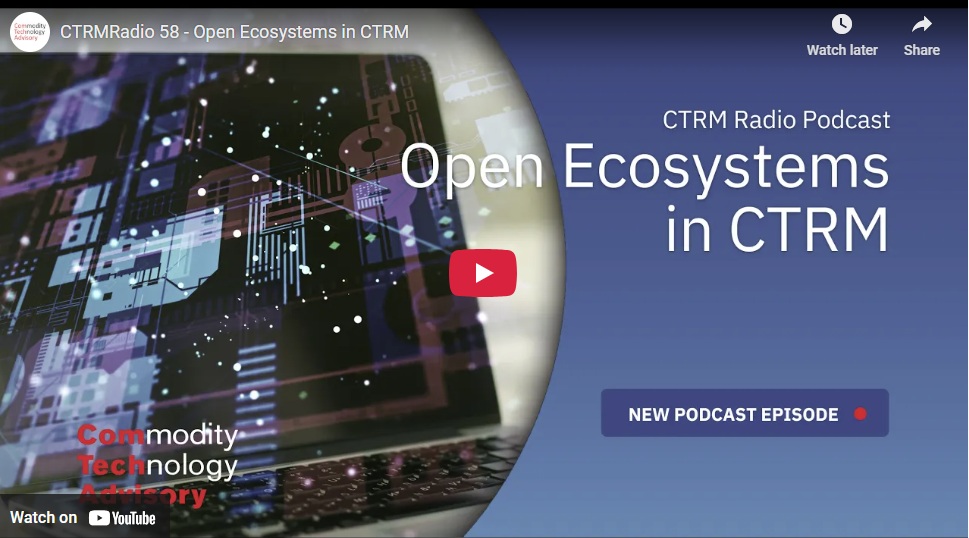In the volatile galaxy of commodity trading, 2025 brings ongoing challenges like geopolitical disruptions, softer commodity prices, and regulatory pressures. With 59% of commodity markets seeing price declines this year due to economic slowdowns, per industry reports, the demand for efficient CTRM (Commodity Trading and Risk Management) tools is surging. The global CTRM software market, valued at USD 2.2 billion in 2025, is projected to reach USD 3 billion by 2033 (CAGR 5.27%). Inspired by The Hitchhiker’s Guide to the Galaxy, this post explores five grounded trends shaping CTRM, avoiding industry hype for actionable insights. Whether you’re trading energy, agriculture, or metals, these trends keep you efficient in uncertain times.
Trend 1: Real-Time Risk Analytics for Volatility Management
With commodity prices fluctuating due to events like OPEC+ supply shifts, tariffs, or natural gas demand spikes, CTRM tools in 2025 emphasize simple analytics for quick responses. These systems integrate market data for basic forecasting and margin checks, helping traders manage volatility without overblown promises. AI holds potential here—improving predictions through better data analysis—but its success relies on quality inputs and is still evolving, balancing efficiency gains with implementation hurdles. For example, analytics can alert traders to sudden price drops in oil, enabling faster hedging decisions.
Trend 2: Open APIs for Seamless Integrations Using Industry Standards
CTRM systems are adopting open APIs based on industry standards, like those inspired by open banking, to enable secure, interoperable data exchange. This allows traders to pull real-time data from platforms like Bloomberg or connect with Excel, streamlining operations without proprietary lock-ins. For mid-sized firms, this means faster workflows and less reliance on complex setups, especially in fragmented markets like agriculture or metals trading.
Trend 3: Hedging Strategies for Energy Shifts
As natural gas booms and renewables grow, CTRM tools enable practical hedging for interconnected markets like power and biofuels. The focus is on scenario planning to address energy transition challenges, such as managing risks from volatile renewable energy prices. Traders can use these tools to model hedging strategies for biofuels, ensuring stability in a shifting landscape.
Trend 4: Streamlined Regulatory Compliance
New sanctions and trade rules are driving automated audit trails in CTRM software. In 2025, these tools offer built-in compliance checks to avoid fines, integrated simply to meet rising regulatory demands. For instance, automated reporting helps firms stay compliant with trade restrictions in energy markets without requiring complex system overhauls.
Trend 5: Affordable, Lightweight CTRM for Mid-Sized Firms
With costs rising industry-wide, there’s a shift to usage-based CTRM solutions that avoid sticker shock. These lightweight platforms make effective risk management accessible for smaller teams facing economic headwinds, prioritizing affordability and simplicity over bloated enterprise systems.
Conclusion: Realistic Steps to Thrive in 2025 – and How OpenCTRM Can Help
These five trends highlight 2025’s focus: managing volatility, compliance, and risks with practical tools. OpenCTRM, a lightweight SaaS platform, aligns with these needs through seamless API integrations, hedge management for energy shifts, and transparent pricing to transition from spreadsheets affordably. Ready to navigate 2025’s challenges? Sign up for a free trial here



